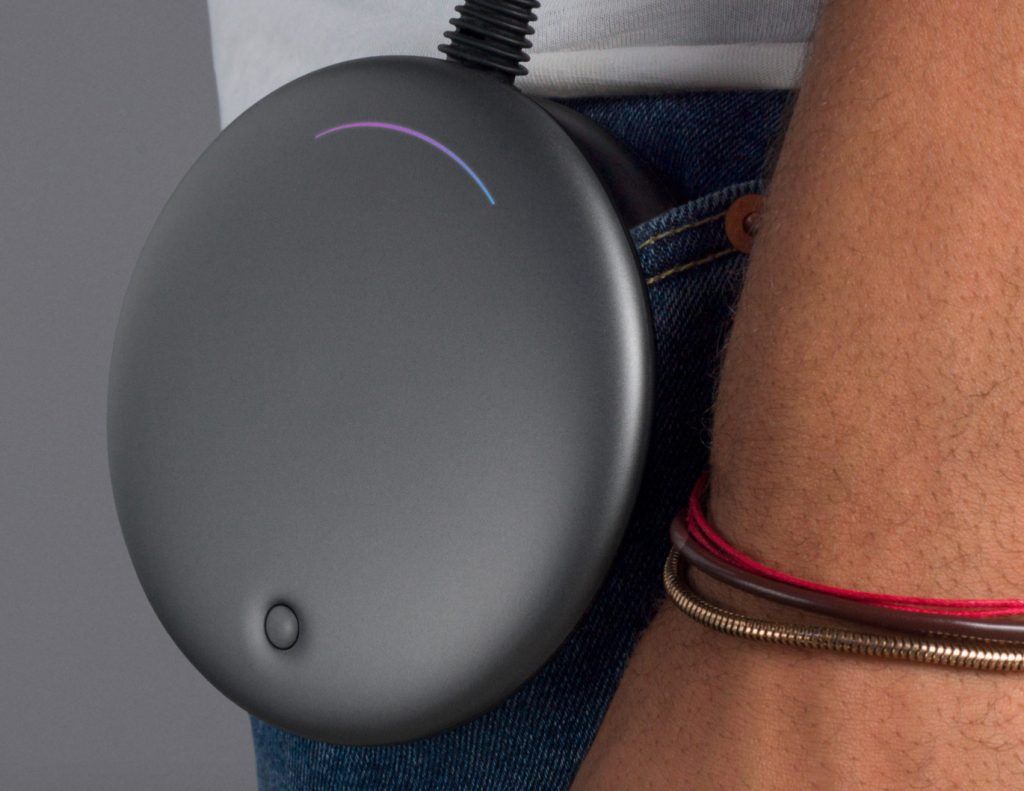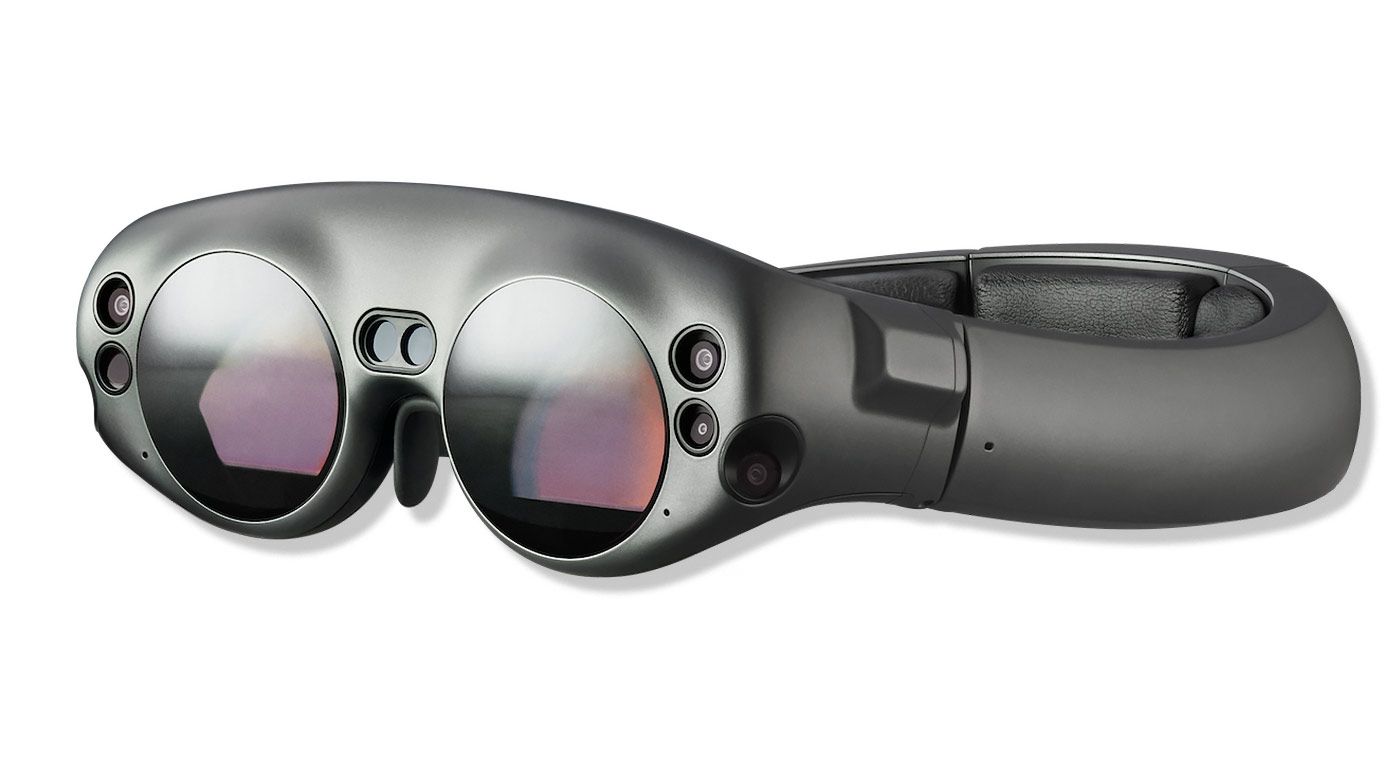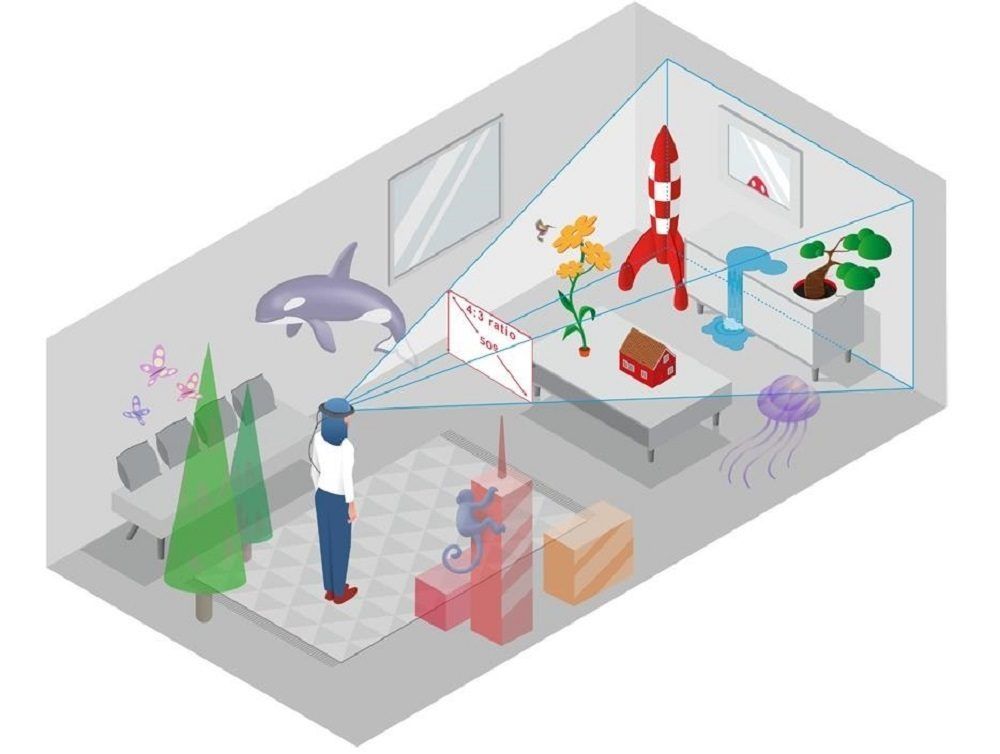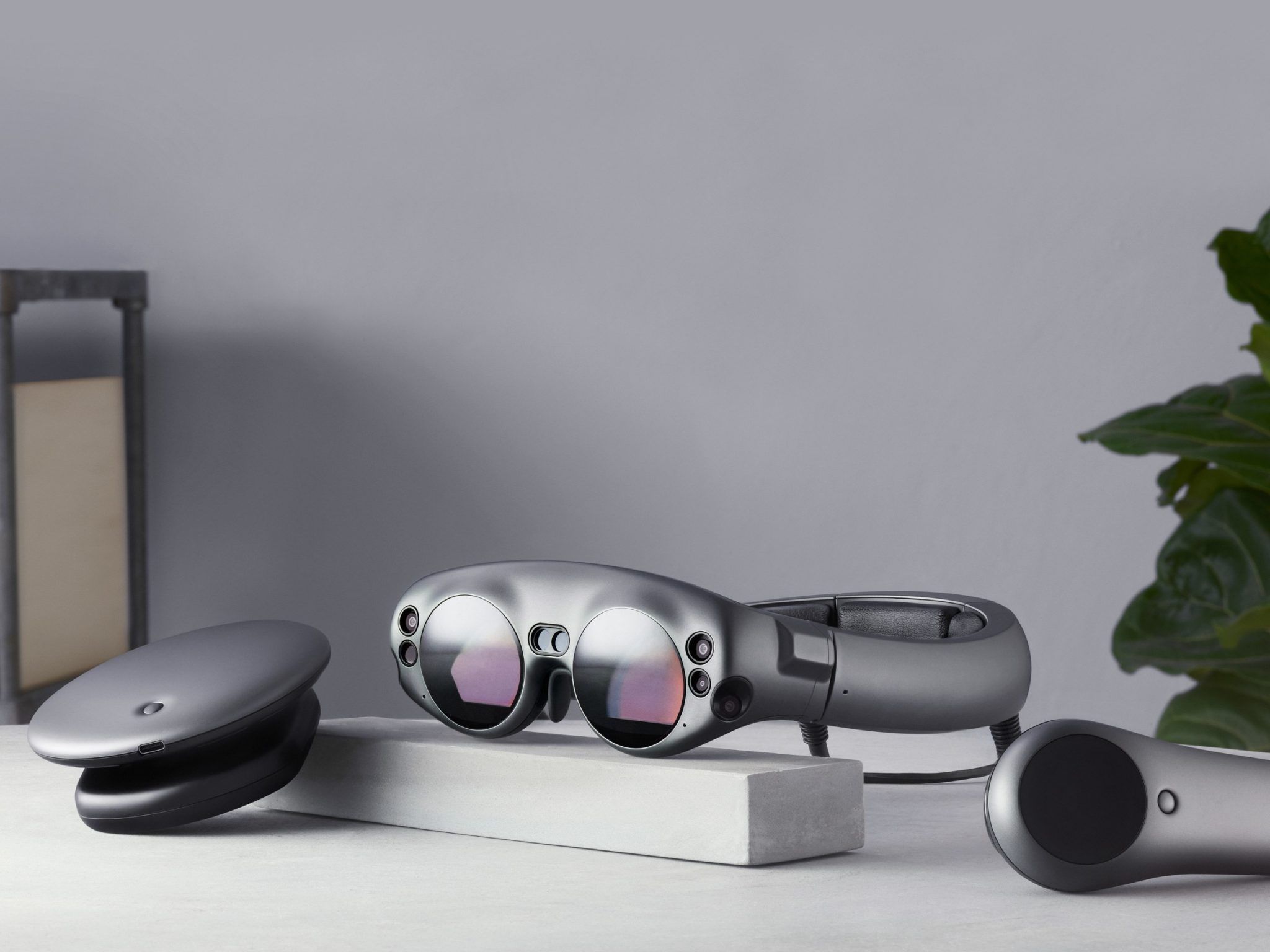On August 8, after years of speculation and rumors, and with more than $ 2 billion in investment, the first device from the American company Magic Leap, named One Creator Edition, went on sale.
But what is behind these glasses? Are they really the revolution they promised? Or will they end up being a mere curiosity, an expensive whim in the world of technology?
Let’s start by making one thing clear: Magic Leap One is not going to make us retire our smartphones, nor will they ever be a mass product. Nor is that its objective. As its name suggests, we are dealing with a product intended for “creators”, that is, those developers who launch into a not inconsiderable initial investment of $ 2,295, which allows them to design applications for what they hope will be a revolutionary platform.
In this post we are going to analyze the device that for many is called to revolutionize the sector of the incipient mixed reality.
The first thing to indicate is that the Magic Leap One consists of three main elements:
The Mission Control Controller
Although the device can be controlled through gestures with our hands, a small remote control is included in the pack, similar to that found in other glasses such as the Oculus Go. In this way we will have two options when interacting with the content.
The controller has two buttons, plus a trigger and a trackpad on top. In addition, it is equipped with positioning with 6 degrees of freedom. This means that the glasses will detect their position in space regardless of which way they move or rotate, which should allow greater comfort and immersion when using them.
The Lightpack processor
The “Lightpack” is a circular flask that houses within it all the computing power necessary to operate the Magic Leap One. It is a decision in our intelligent judgment, since when choosing to separate these components from the glasses themselves, it manages to greatly reduce its weight and size by increasing user comfort. Its “clip” shape allows it to be easily attached to the pants pocket and a cable connects it to the glasses.
Inside it houses a Nvidia Tegra X2 processor (similar to that used in some gaming tablets), 8GB of RAM and 128GB of storage, in addition to the battery, among other things. These are the complete specifications:
• Nvidia Tegra X2 (Parker) SoC with two Denver 2.0 64-bit cores and four ARM Cortex A57 64-bit cores.
• Pascal integrated GPU with 256 CUDA cores.
• 8 GB RAM
• Bluetooth 4.2, Wi-Fi 802.11ac / b / g / n, USB-C, 3.5mm headphone port

Lightwear glasses
Baptized as “Lightwear”, they are the piece that has awakened the most over time and where, supposedly, the “magic” of the device occurs, thanks to the Photonic Chips that should allow the user to perceive virtual objects with the same sharpness and comfort than physicists.
The glasses themselves have a clearly recognizable design and, while smaller than their main rivals, are still far from being confused with conventional lenses. Around the crystals we find a series of cameras and sensors, which allow the Magic Leap One to map the environment in order to be able to interact with it in a realistic way.
The original head grip system is comfortable and easy to use. The glasses have interchangeable parts on the forehead and the bridge of the nose, to achieve the best fit and are offered in two models of different sizes.
Although they cannot currently be used with optical glasses underneath, Magic Leap will offer in the future the possibility of using prescription lenses with your device.
The Lightwear have 360º audio, thanks to two stereo speakers located in the support band of the glasses, which provide a greater feeling of immersion.
For the end we have left the star element of the viewfinder are the “photonic chips”. The first thing to say about them is that, despite the campaign orchestrated by the company, it is not an exclusive technology.
That said, note that the result achieved by Magic Leap is quite good, although limited: each lens has 6 layers, one for each R, G and B channel of the light spectrum, multiplied by two to allow focusing the image in two different distances. This system allows a higher level of realism, although the limitation is clear: each new focus plane would require a new set of three layers, with the consequent increase in thickness and cost. There are other technologies that seek to solve the same problems and we trust that progress will continue in this regard in the future.

La experiencia
Ahora que sabemos en qué consiste el hardware, hablemos de la experiencia en sí. Al ponernos las gafas interactuaremos con un sistema operativo propio, el Lumin OS, que cuenta con una interfaz basada en paneles flotantes y menús circulares que permiten al usuario abrir distintas aplicaciones e interactuar con ellas.
La imagen se percibe nítida y los colores vibrantes, y en esto sí que percibimos avances respecto a las Hololens de Microsoft. Sin embargo, todavía quedan retos por resolver, como ciertas vibraciones puntuales.
La oclusión (el hecho de que los objetos dejen de verse cuando los tapa un objeto físico) funciona de forma prometedora pero aún no perfecta. El mapeo del espacio que hace posible este efecto funciona de forma correcta y permite obtener un buen nivel de detalle del entorno.
Y así llegamos a uno de los aspectos más polémicos de toda gafa de realidad aumentada/mixta: el campo de visión. Sobre el papel, estamos ante un campo rectangular de unos 55º de diagonal, y una proporción 4:3. Esto se traduce, por ejemplo, en que a un metro de distancia podríamos ver entero a un gato (o un objeto de tamaño similar). Si nos vamos a los 3,5m de distancia, podríamos observar a un grupo de tres personas de 1,80m de altura una junto a la otra.

Contents
The Magic Leap have been launched with a series of installed applications, such as the Helio browser, which allows you to have a “3D” web experience or the “Screen” video player, which allows you to distribute several custom-sized screens in the space, in those who view all kinds of content. It also includes “Social”, a social application based on avatars.
With the Magic Leap One, its application store has also been presented, which in addition to its own projects, includes some demos developed by collaborating companies. We have, for example, the Tonandi app, an experience that combines 3d models, music and gestural recognition, developed in collaboration with Sigur Ros or the Create application, with which we can introduce different models in our environment, some of which will interact with each other .
All these experiences demonstrate different capacities of Mixed Reality in general and of Magic Leap in particular, such as the possibility of organizing information in our environment or of immersively combining the virtual with the physical in an absolutely natural way.
Conclusion
In conclusion, we can say that the Magic Leap One is a great device for any developer who wants to anticipate the revolution that mixed reality and “space computing” will bring, and that already offers great possibilities for the business environment. However, under no circumstances should we understand them as a product intended for the final consumer, that title will probably remain for the Magic Leap Two, or who knows if for the glasses that Apple prepares surrounded by secrecy.
If you are a developer, with $ 2,295 in your pocket and the possibility of purchasing them (currently this is only possible from six cities in the US), you will be able to access one of the most promising devices on the current technological landscape.
If you work in a company, you should be very attentive to this technology and start looking for areas where it can help you. If you don’t, others will do it for you and that should worry you.
If you are a consumer… Well, in that case, if you have access to glasses, don’t hesitate to try them, the experience will be spectacular, but with respect to buying them, it is better to wait for the next generation.




